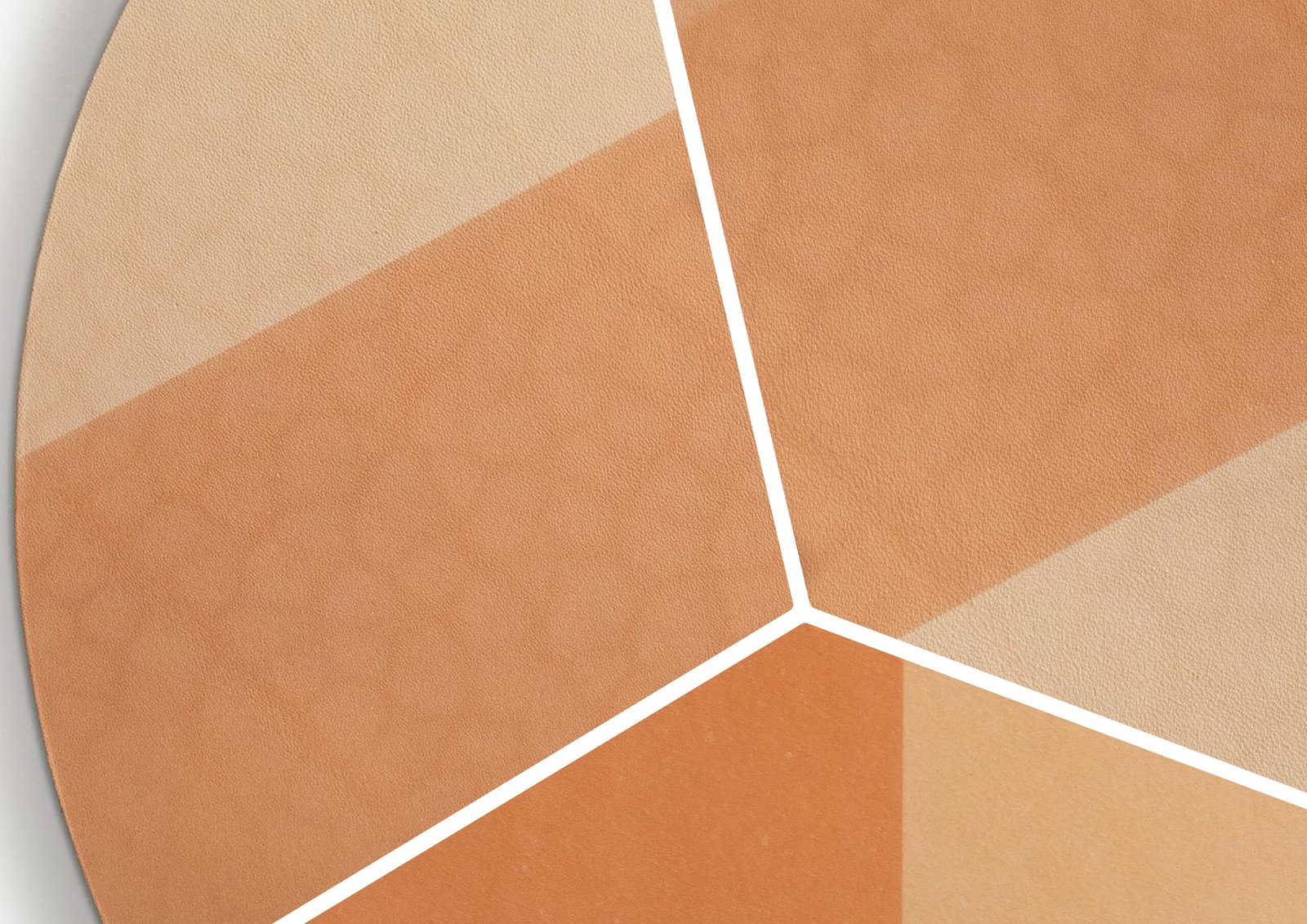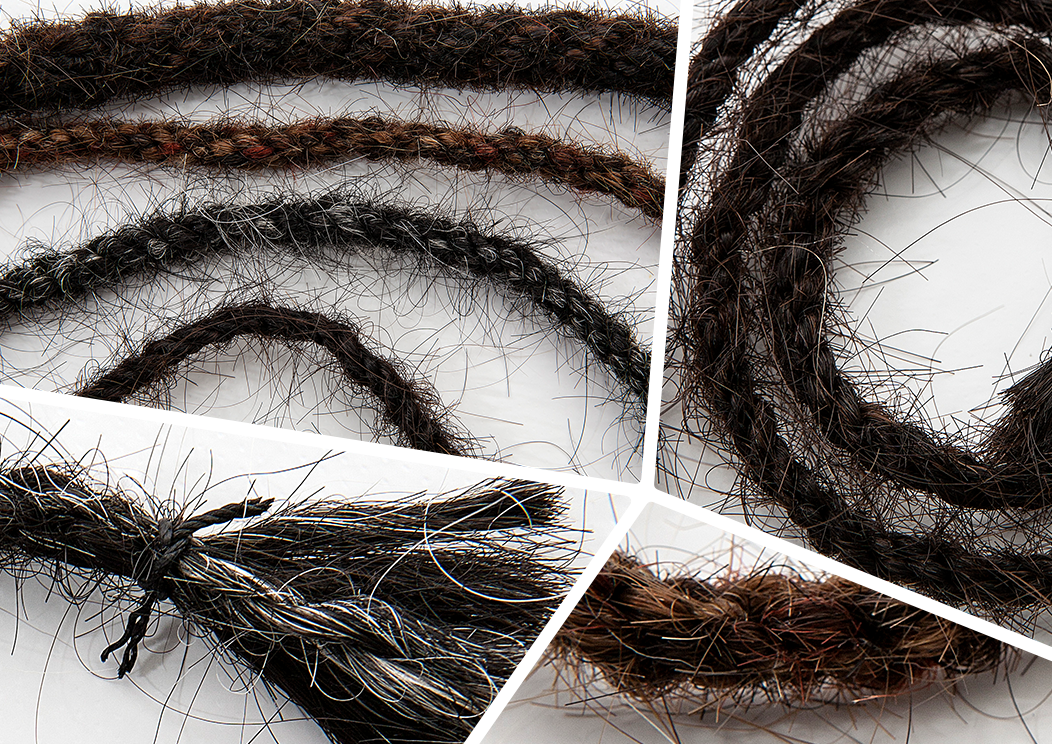Kingdom: Animale. //Description “Greek-born, London-based designer Lina Patsiou has created a series of leather clocks inspired by the way the material interacts with the sun. Like human skin, leather darkens significantly after prolonged sun exposure. Patsiou explains, “I was in London when I was developing the project and waiting for a sunny day to do…
BioElectric – Jeongwon Ji – (Korea)
Kingdom: Animale. //Description “When life gives you mitten crabs, make bioplastic. The Chinese mitten crab, an invasive species from East Asia, gets its name because it looks like it’s wearing a pair of furry mittens on its claws. But it’s not so cute. The crab negatively impacts native wildlife in Europe and the U.S., where…
Grow a Roll – Stefan Schwabe – (United Kingdom)
Kingdom: Animale. //Description “This set-up investigates how bacterial cellulose can be guided to grow an endless roll of material. A stepper motor slowly turns a shaft which pulls the cellulose layer out of the nutrient liquid. The apparatus plays with the idea of harvesting a living material by allowing the growth to proceed constantly.”. (Schwabe,…
Biocouture – Suzanne Lee – (New York)
Kingdom: Animale. //Description “Biocouture is building an open source ‘bioneer’ community of material innovators to catalyze an explosion of product development in this area. Suzanne Lee makes fabrics using living things. “I am a bio-couturist,” she says. “I bring biological processes together with couture techniques.” The first material she adapted — bacterial cellulose — is…
Cooked Wool – Freyja Sewell – (United Kingdom)
Kingdom: Animale. //Description “As we become increasingly bombarded with information and stimulation, the world is becoming a louder place. in an initiative that goes beyond retail, Freyja Sewell has pioneered ‘headspace meditation pods’ from cooked wool – celebrating the power of silence, allowing to see the beauty in function and find calmness among the crowds.…
Coleoptera – Aagje Hoekstra– (The Netherlands)
Kingdom: Animale. //Description “In the Netherlands, mealworms are bred for the animal food industry. Mealworms are the larval form of the mealworm beetle, which dies three to four months after laying its eggs. Because the beetle is at the end of it’s life cycle, it is seen as waste. Aagje gives these beetles a second…
Ruminant Bloom – Julia Lohmann – (United Kingdom)
Kingdom: Animale. //Description “With Ruminant Bloom, Lohmann pushes the boundaries of what’s acceptable. The lamps’ decorative and light structures are made of tripe, or preserved sheep and cow stomachs. The initial attraction to the object turns into a moment of disgust, followed by fascination. And it’s this evolution of feeling that is the most valuable…
Hidden Beauty – Studio Gutedort– (Germany)
Kingdom: Animale. //Description “Hidden Beauty- Inner Skins asks the question of whether or not we can overcome stereotypical aesthetics and appreciate beauty for its appearance: how can we change our habitual perception? Based on experimental material research, inner skins from sheep, pigs and cows, animal entrails like bladders and intestines that are usually considered as…
Hair Highway – Studio Swine – (United Kingdom & Japan)
Kingdom: Animale. //Description “Hair Highway explores the potential of human hair beyond its wildly expanding role in the beauty industry. As the world’s population increases, human hair is re-imagined as an abundant and renewable alternative to diminishing resources such as tortoise shell or tropical wood. Based around the notion of the ancient Silk Road, which…
Made by Bees – Tomáš Gabzdil Libertiny – (The Netherlands)
Kingdom: Animale. //Description “Libertiny’s “collaboration” with honey bees pushes the boundaries of so-called conventional design by defying mass production and enabling nature to create what would typically be considered a man-made product. Studio Libertiny’s bee vase not only tells the story, but does so in an ecologically derived, natural way that concedes the human manufacturing…
The New Age of Trichology – Sanne Visser – (United Kingdom)
Kingdom: Animale. //Description “How can we use human hair waste to create new materials and design outputs? Human hair is a natural resource that will be increasing in the future since the world’s population is rapidly rising. The UK alone ‘creates’ around 6.5 million kilograms of human hair waste annually, which mostly ends up in…











